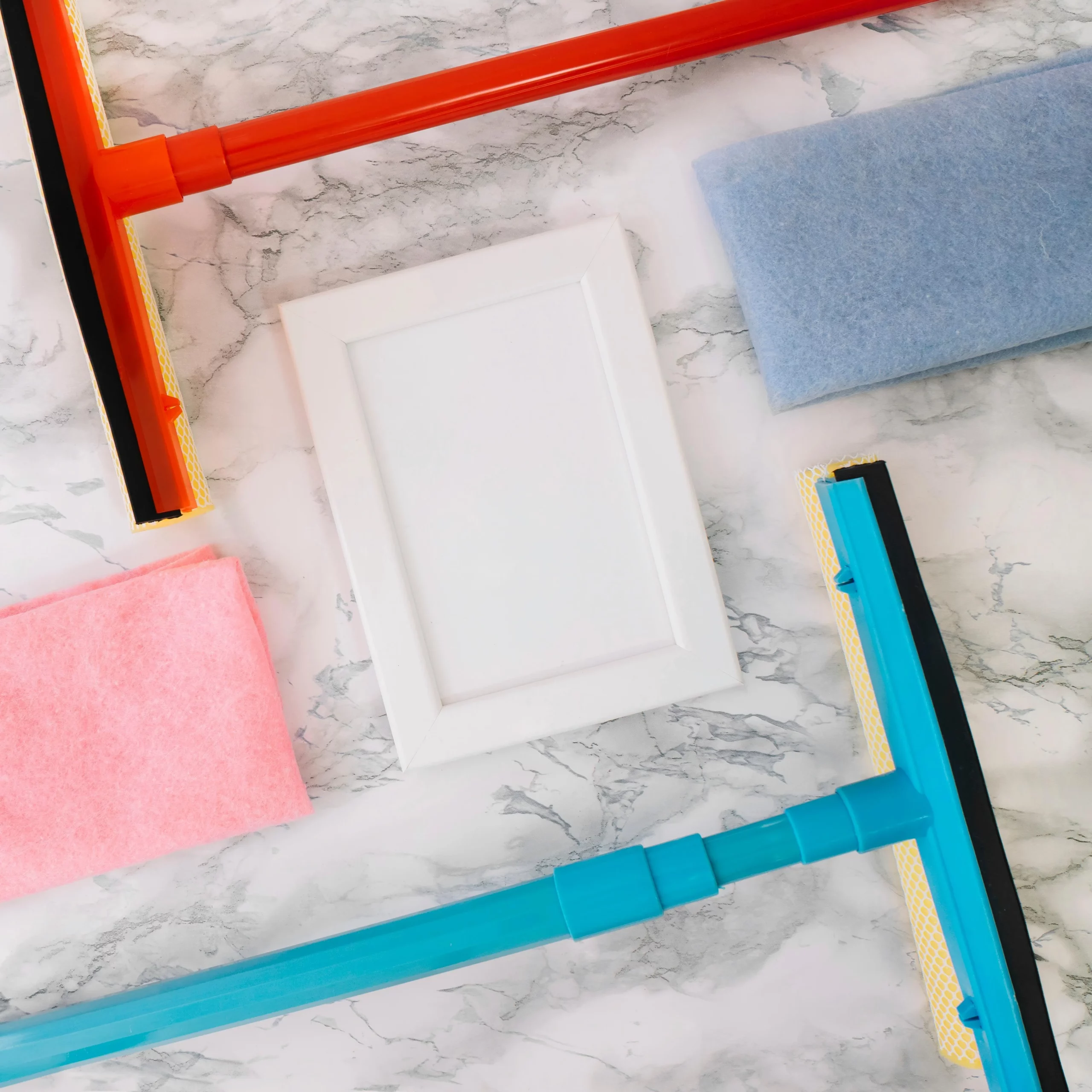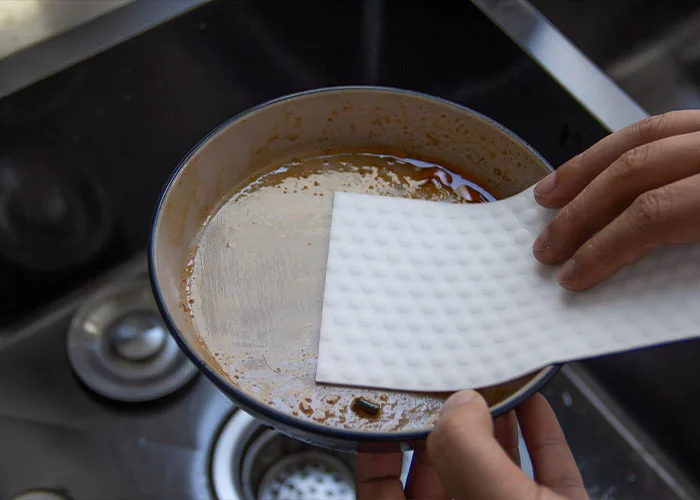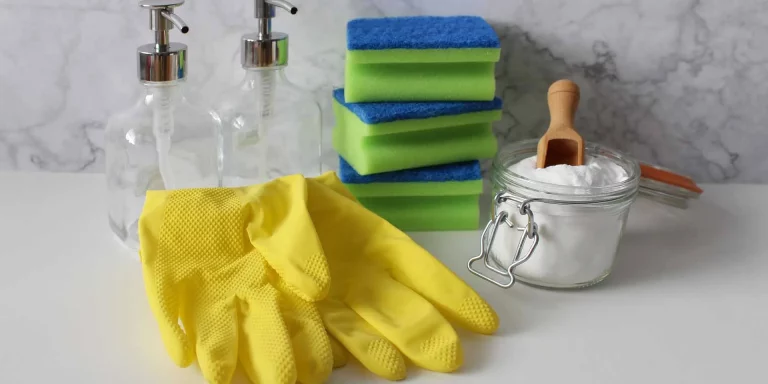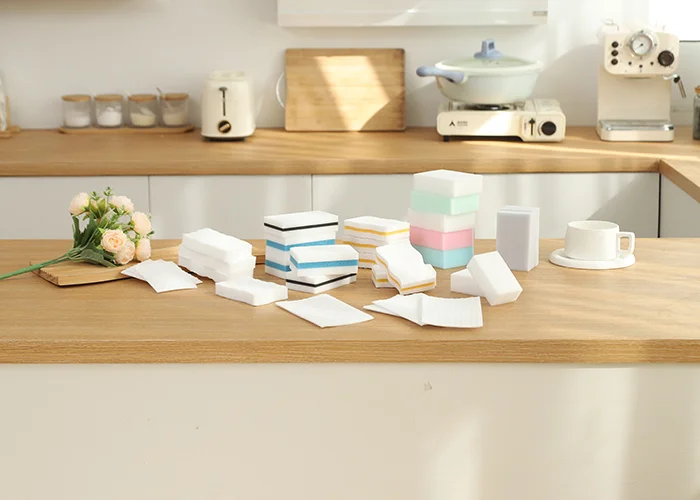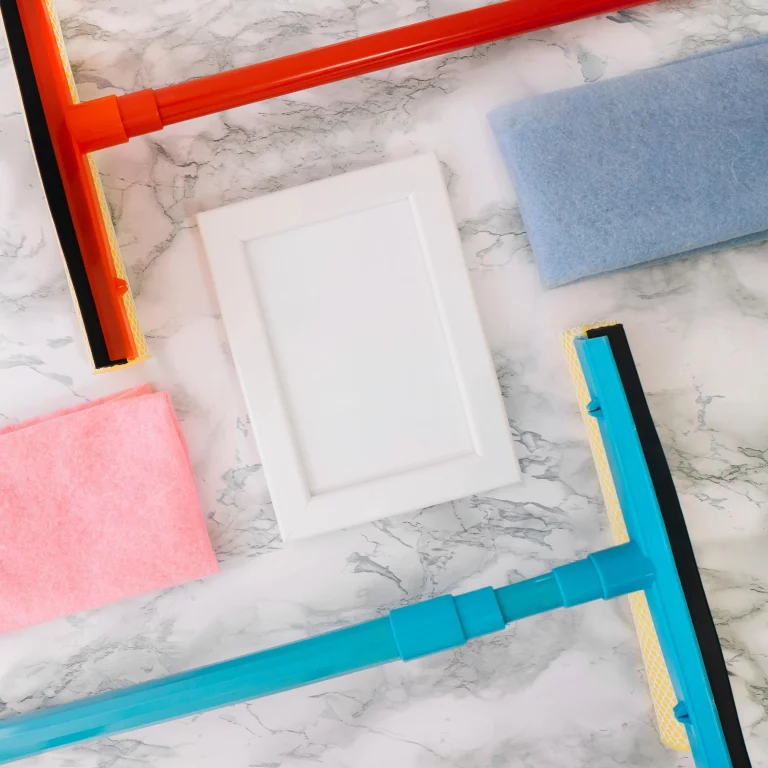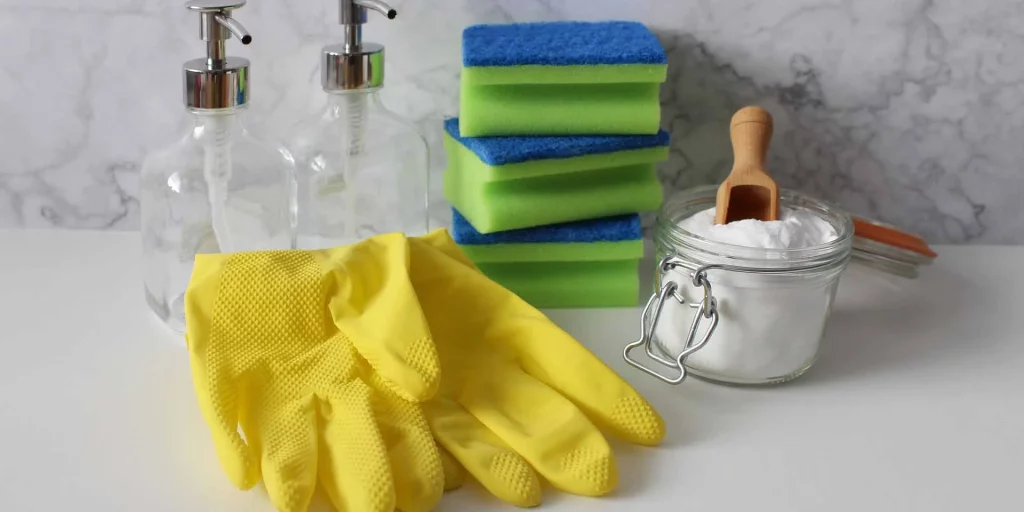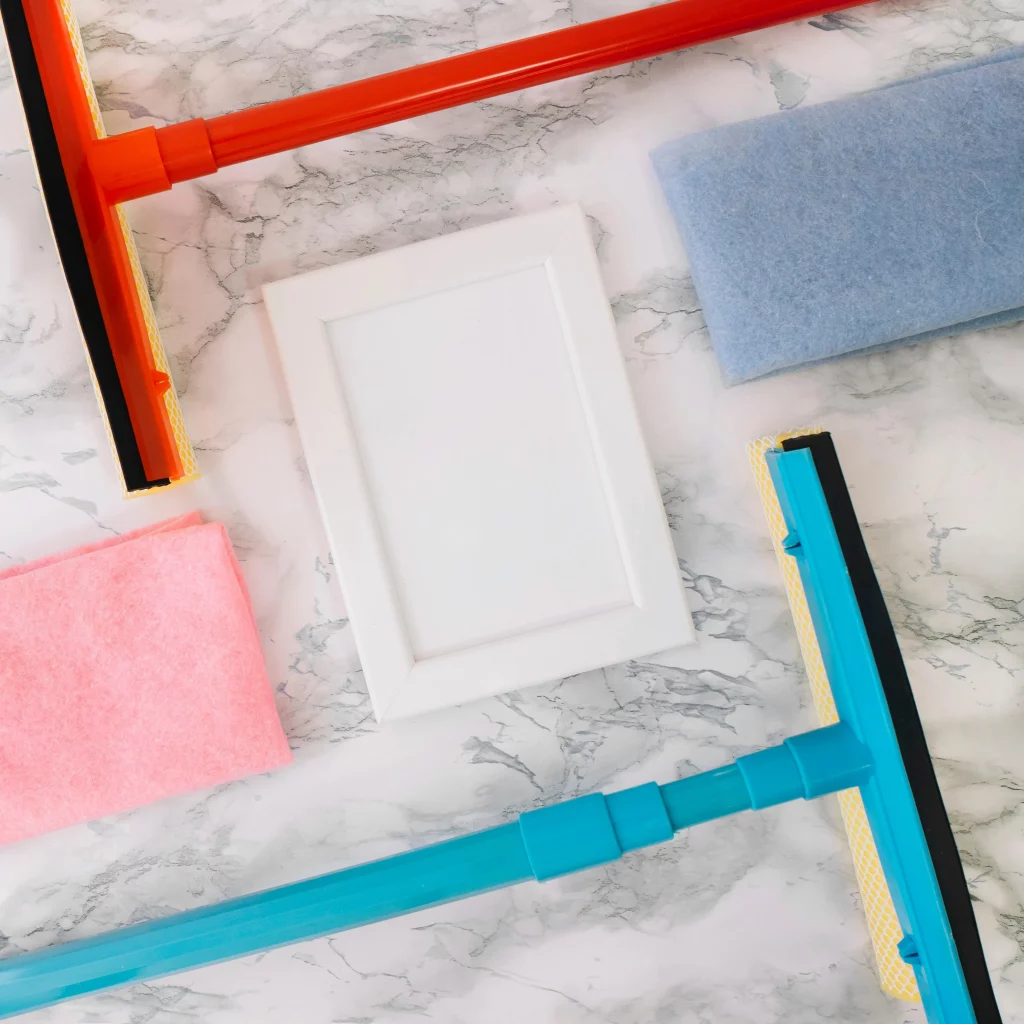This guide explains how to effectively remove stubborn oil-based furniture polish marks using FoamTech Magic Erasers. It covers why oil polishes leave tough residues, how melamine foam works to lift grime without harsh chemicals, and which FoamTech products (like ProClean for delicate finishes or DeepLift for heavy buildup) suit different surfaces. Step-by-step techniques emphasize gentle application, moisture control, and post-cleaning care to avoid damage. Common mistakes (overuse, wrong pad selection) and professional tips for restoration workflows are included, along with FAQs on antique furniture, silicone stains, and pad replacement. The focus is on safe, efficient cleaning while preserving surfaces.
What Makes Oil-Based Furniture Polish Leave Persistent Marks?
Chemical Composition and Behavior of Oil-Based Polishes
Oil-based furniture polishes often contain mineral oils, petroleum distillates, or silicone compounds. These ingredients make wood look shiny and cover small scratches for a while. However, their greasy nature leaves a sticky residue.
How These Marks Interact with Wood and Other Surfaces
When you apply oil-based polish, it soaks into the wood’s tiny holes or coatings like lacquer or polyurethane. On less porous surfaces, such as laminates or painted furniture, it creates a slippery layer. This layer grabs dust and dirt over time. The buildup then darkens and becomes noticeable. Regular cleaning products often fail to remove it completely.
Challenges in Removing Oil Residues Without Surface Damage
Cleaning these greasy marks is tricky. You need to break down the oily stuff without ruining the surface. Strong chemicals might strip away protective layers or change the wood’s shine. Rough tools can scratch delicate finishes. So, any cleaning method must be both gentle and effective.
How Do Magic Erasers Work on Stubborn Polish Residues?
Microstructure and Abrasive Properties of Melamine Foam
Magic erasers are made from melamine foam, a special resin material. It has a web-like structure with tiny strands. When wet, these strands act like very fine sandpaper. They scrub gently at the surface level. This makes them great for cleaning without harsh chemicals.
How Magic Erasers Work on Oil-Based Residues
These foam pads are excellent at removing greasy polish marks. They lift stuck-on dirt through gentle scrubbing, not chemicals. This makes them perfect for delicate surfaces. They clean powerfully with just one wipe, avoiding damage from strong cleaners.
Advantages Over Traditional Cleaning Methods
Regular cleaning methods, like vinegar or ammonia sprays, can smear the oil or dull the surface. In contrast, melamine foam only targets the dirty layer. It doesn’t soak into the material. This means fewer wipes are needed, and there’s less chance of over-cleaning.
Which FoamTech Magic Eraser Products Are Best for Professionals?
FoamTech offers a range of melamine foam tools designed for professional cleaning tasks. These tools work well for sensitive surfaces or tough buildup. You can check out their full lineup at the FoamTech Magic Eraser Collection.
FoamTech ProClean Series for Delicate Finishes
The ProClean Series is made for fancy furniture with fragile coatings like varnish or shellac. Its soft foam structure reduces scratching while still cleaning well. It’s great for restoring antiques or high-end interiors.
FoamTech DeepLift Pads for Heavy Residue Removal
For stubborn, hardened polish or years of waxy buildup, DeepLift Pads are the answer. They have denser foam with stronger fibers for extra scrubbing power. Yet, they stay precise. These pads suit commercial teams needing reliable results on many surface types.
Matching Product Type to Surface Material and Finish
Picking the right pad depends on the residue and surface. Use ProClean on soft woods like pine or treated veneers. Choose DeepLift for sealed hardwoods or laminates, where stronger scrubbing won’t cause harm.
What’s the Correct Way to Apply FoamTech Magic Erasers?
Preparing the Affected Area Before Treatment
Before using a foam pad, figure out the polish type. Silicone-based polishes need tougher treatment than natural oils. Also, check if the surface is absorbent or sealed. Open-grain woods need extra care to avoid damage.
Identifying Polish Type and Surface Sensitivity
Test a hidden spot first. Dab it with a damp cloth. If it smears easily, it’s likely oil-based. If it feels sticky, it might have silicone, so use firmer pads like DeepLift.
Pre-cleaning Procedures to Avoid Spreading the Stain
Start with a gentle cleaner and a soft microfiber cloth. Wipe away loose dust. This stops dirt from sticking to the foam pad during use. Otherwise, you might cause tiny scratches.
Applying FoamTech Erasers on Wood Surfaces
Correct Moisture Levels During Application
Dampen the foam pad lightly. Don’t make it too wet. A little water activates its scrubbing power without soaking the wood. Too much water can cause warping or swelling.
Controlled Pressure Techniques to Prevent Abrasion
Use gentle pressure in small, circular motions. Follow the wood’s grain. Don’t scrub one spot too long. Instead, lift the pad and move to another area. This spreads the scrubbing evenly.
Treating Non-Wood Surfaces with FoamTech Products
Use on Laminate, Veneer, and Painted Furniture
Laminate surfaces can handle stronger scrubbing since they’re less absorbent. Still, be careful to avoid dulling the shine. For painted furniture, especially matte ones, use ProClean pads with light moisture to protect the paint.
Adjusting Technique Based on Finish Durability
For glossy finishes like piano lacquer or acrylic, use less pressure and shorter strokes. Let the foam’s natural scrubbing do the work. Avoid heavy rubbing to keep the surface smooth.
What Should You Do After Cleaning With Magic Erasers?
Neutralizing Residual Cleaning Agents After Erasing
Magic erasers don’t use many chemicals. Still, their scrubbing can leave tiny bits behind. Wipe the area with a damp microfiber cloth. Then, use a dry cloth to remove any leftover particles.
Conditioning the Surface to Restore Original Luster
After cleaning, the wood might look dry. Use a conditioner like beeswax or lemon oil to bring back the shine. Choose products that won’t cause new buildup.
Recommended Furniture Oils or Conditioners Compatible with FoamTech Use
Pick non-silicone conditioners to avoid new residues. Look for natural oils labeled “cleaner-safe.” These restore the wood’s glow and allow future cleanups without leftover marks.
What Common Mistakes Should You Avoid When Using Magic Erasers?
Overuse Leading to Finish Degradation
A big mistake is scrubbing too much in one spot. This can wear away protective coatings, especially on soft finishes like shellac. Be gentle and check your progress often.
Incorrect Pairing of Eraser Type with Surface Material
Using a strong pad on soft wood can leave marks. Weak pads won’t clean tough residues on hard materials like oak. Always match the pad to the surface and stain type.
How Can You Integrate FoamTech Solutions Into Professional Restoration Workflows?
Efficiency Gains in Commercial Furniture Maintenance Settings
For professionals cleaning large spaces like hotels or offices, FoamTech tools save time. They give consistent results across many pieces, cutting down on work hours.
Case Applications in High-End Residential or Heritage Projects
In projects where keeping original finishes matters, like historic homes, FoamTech Magic Eraser Collection tools are gentle yet effective. They clean without adding harmful chemicals to valuable pieces.
What Other Tools Complement Foam Pads During Restoration?
Microfiber Cloths, Soft Brushes, and Neutral Cleaners for Prep and Finishing Touches
A good toolkit includes microfiber cloths for polishing after cleaning. Soft brushes work for tight spots. Neutral-pH cleaners are safe for all surfaces as a first step before using foam pads.
Storage and Reuse Guidelines for FoamTech Products
After using a pad, rinse it well under lukewarm water. Make sure the water runs clear. Let it air-dry fully. Store it away from sunlight to keep it from getting brittle or growing mold.
FAQ
Q1: Can I use Magic Erasers on antique wood furniture?
A: Yes, but pick fine-cell foams like ProClean for delicate surfaces. Use light pressure. Test a hidden spot first.
Q2: Will magic erasers remove silicone-based polish stains?
A: They can help with surface residues. Tough buildup may need several wipes. Follow with a silicone-safe conditioner.
Q3: How often should I replace my foam pad during large projects?
A: Swap it out when it starts to crumble or stops cleaning well. This usually happens after a few medium-sized jobs.

